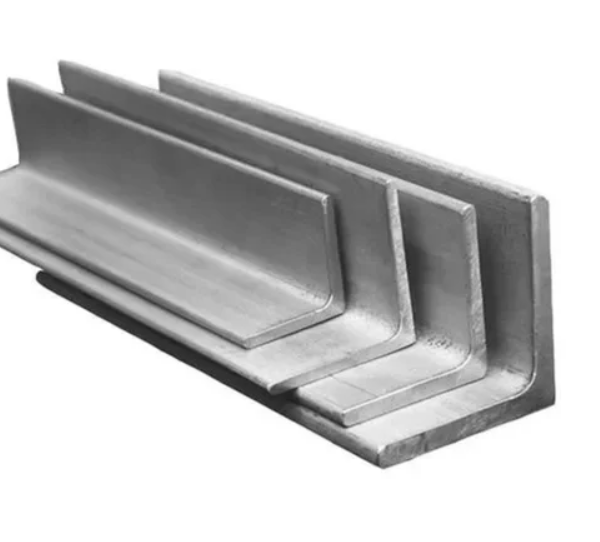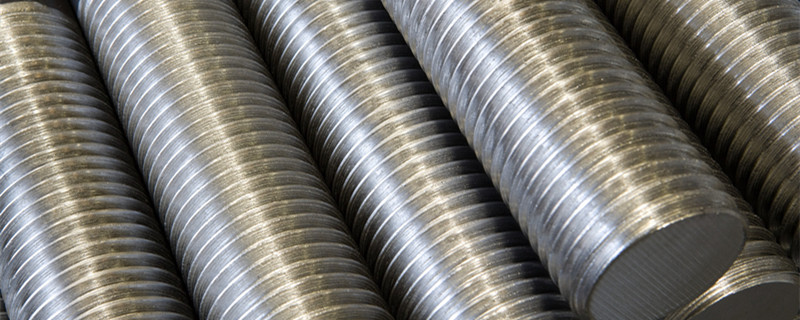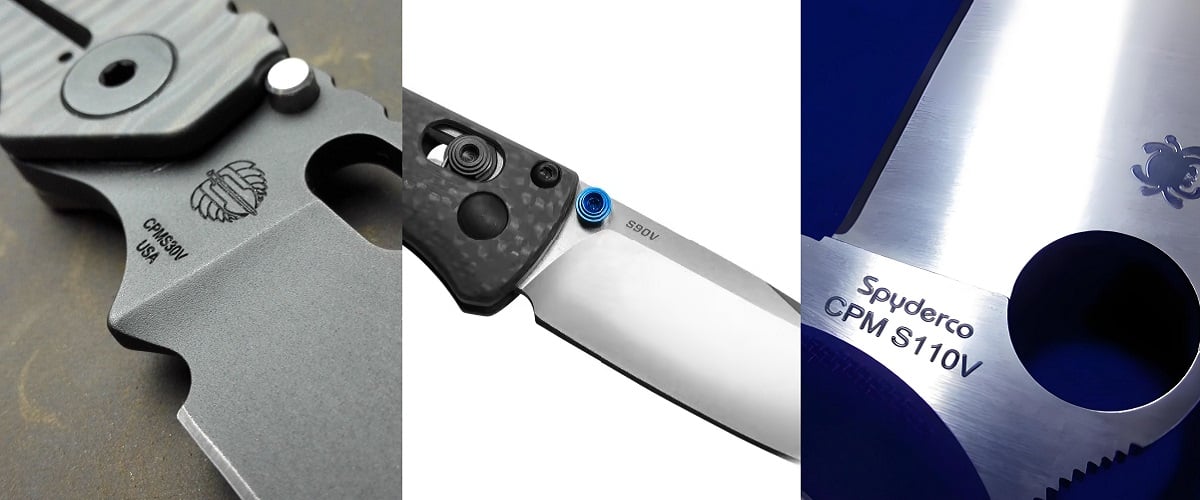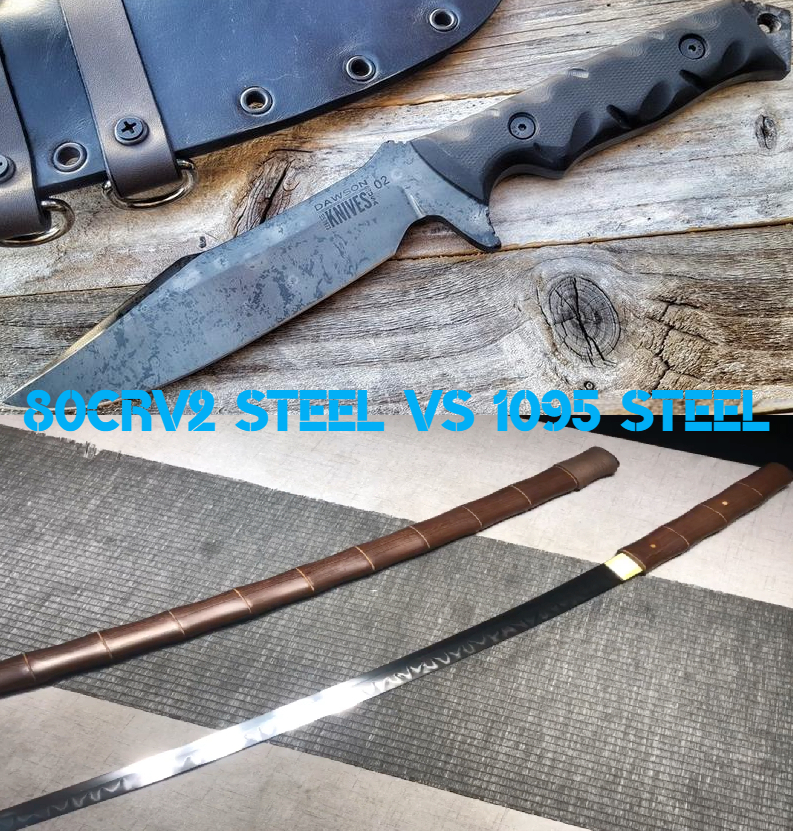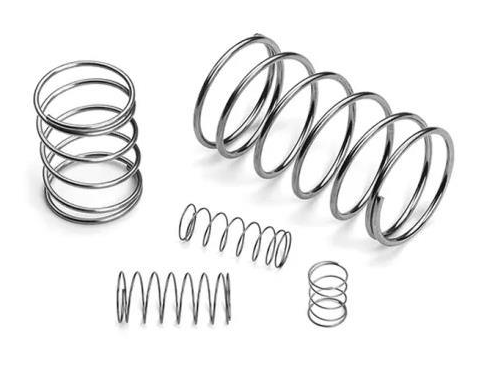Low-carbon steel is a type of steel that contains a low content of carbon. What is this kind of steel used for, and what are the common grades of low-carbon steel?
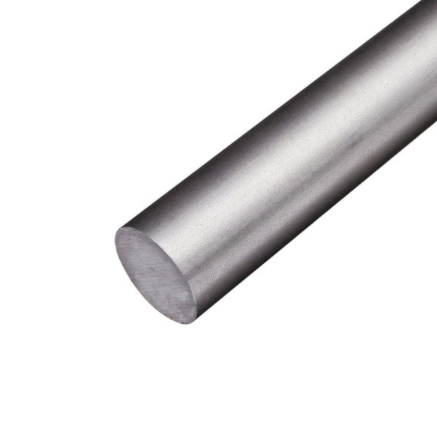
What Is Low Carbon Steel?
Low-carbon steel is a type of carbon steel that contains a low amount of carbon, typically between 0.05% and 0.25% by weight. The low carbon content makes it a more ductile and malleable material, while also reducing its hardness and strength compared to higher carbon steels. One of the advantages of low-carbon steel is its affordability and ease of fabrication, which makes it a popular choice in many industries. Additionally, it can be easily welded, machined, and formed, making it a versatile material for a variety of manufacturing processes.
Applications of Low Carbon Steel – What Is Low Carbon Steel Good for?
Low-carbon steel has a wide range of applications, thanks to its excellent combination of properties that make it suitable for various industrial uses.
– Manufacturing of structural components: Low-carbon steel is commonly used in the construction of buildings, bridges, and other large structures. Its combination of strength and ductility makes it ideal for use in beams, columns, and other load-bearing elements.
– Automotive and machinery parts: Low-carbon steel is often used in the manufacture of gears, crankshafts, and other critical components in engines and machinery. Its excellent machinability and low cost make it a popular choice in the automotive and industrial sectors.
– Pipe and tubing: Low-carbon steel is commonly used to make pipes and tubing for transporting water, oil, and gas. Its low cost and ease of fabrication make it a popular choice for pipelines in many industries.
– Appliances and hardware: Low-carbon steel is often used to make everyday items such as screws, nails, and hinges. Its strength, durability, and low cost make it an excellent choice for these applications.
– Construction of ships and offshore platforms: Its resistance to corrosion and high tensile strength makes it ideal for use in harsh marine environments.
Does Low Carbon Steel Rust Easily?
Low-carbon steel can rust easily if it is not properly protected from moisture and corrosive substances. Although it contains less carbon than higher carbon steels, it is still predominantly composed of iron, which is highly susceptible to corrosion. When low-carbon steel is exposed to moisture and oxygen, a chemical reaction occurs that forms iron oxide, also known as rust. Rust can weaken the metal and cause it to break down over time, reducing its strength and durability.
To prevent rust, low-carbon steel is often coated with a protective layer of paint, oil, or other anti-corrosive materials. Additionally, it can be treated with a process called galvanization, in which a layer of zinc is applied to the surface of the metal. This creates a barrier that protects the underlying steel from exposure to moisture and other corrosive substances. While low-carbon steel is not as susceptible to rusting as high-carbon steel, it still requires proper care and protection to prevent corrosion and maintain its strength and durability over time.
Is Stainless Steel A Low-Carbon Steel?
Stainless steel is a type of steel alloy that contains a minimum of 10.5% chromium by mass, which provides the steel with its unique corrosion resistance properties. While stainless steel contains carbon, it is not typically considered low-carbon steel, as its carbon content is generally higher than low-carbon steel. The carbon content of stainless steel can vary depending on the specific alloy, but it typically ranges from 0.03% to 1.2% by weight. This is higher than the typical carbon content of low-carbon steel, which is usually between 0.05% and 0.25%.
Common Grades & Examples of Low Carbon Steel
Here are some common types of low-carbon steel and their properties:
– AISI 1018: This is a general-purpose low-carbon steel with good machinability and weldability. It has a typical carbon content of 0.18% and is often used in the manufacturing of automotive and machinery parts, as well as in construction.
– AISI 1020: This low-carbon steel has a slightly higher carbon content than AISI 1018, at 0.20%. It has good weldability and formability and is often used in the manufacture of gears, axles, and other machine components.
– AISI 1045: This is a medium carbon low alloy steel, with a carbon content of 0.45%. It has higher strength and hardness compared to other low-carbon steels and is often used in the production of shafts, gears, and other parts that require high strength and wear resistance.
– AISI 1117: This is a resulfurized low-carbon steel with improved machinability. It contains sulfur, which improves its machinability but also reduces its ductility and weldability. It is often used in the manufacture of bushings, fittings, and other machined parts.


